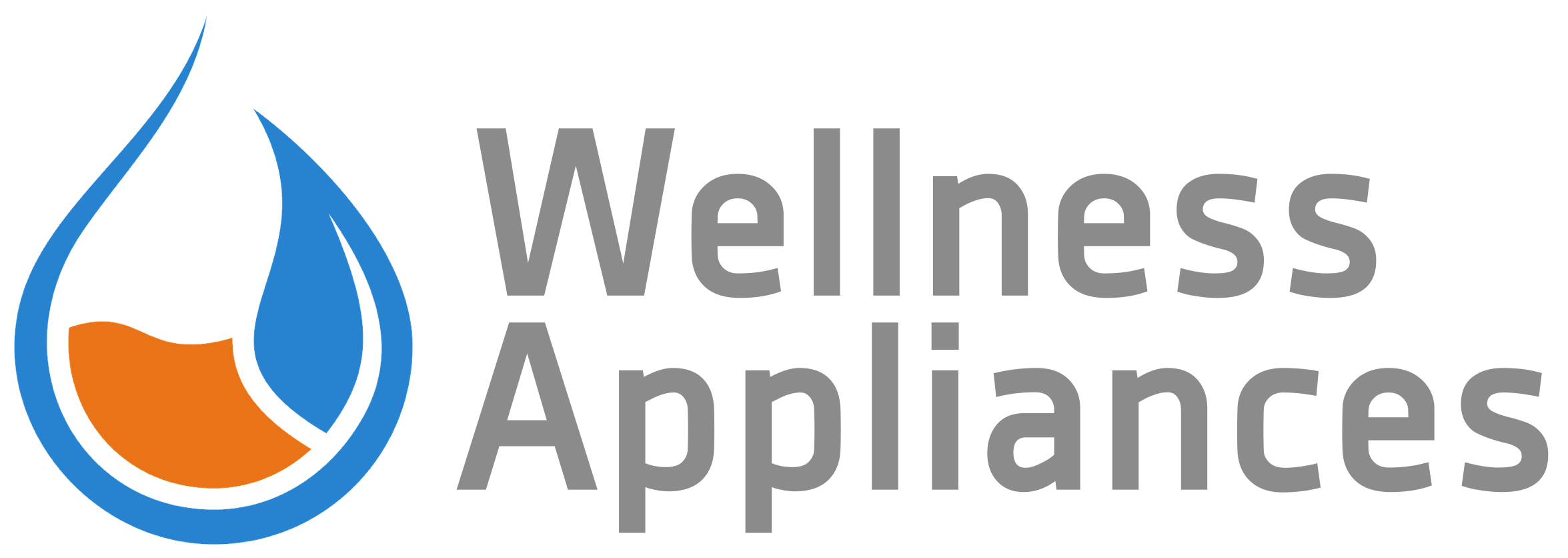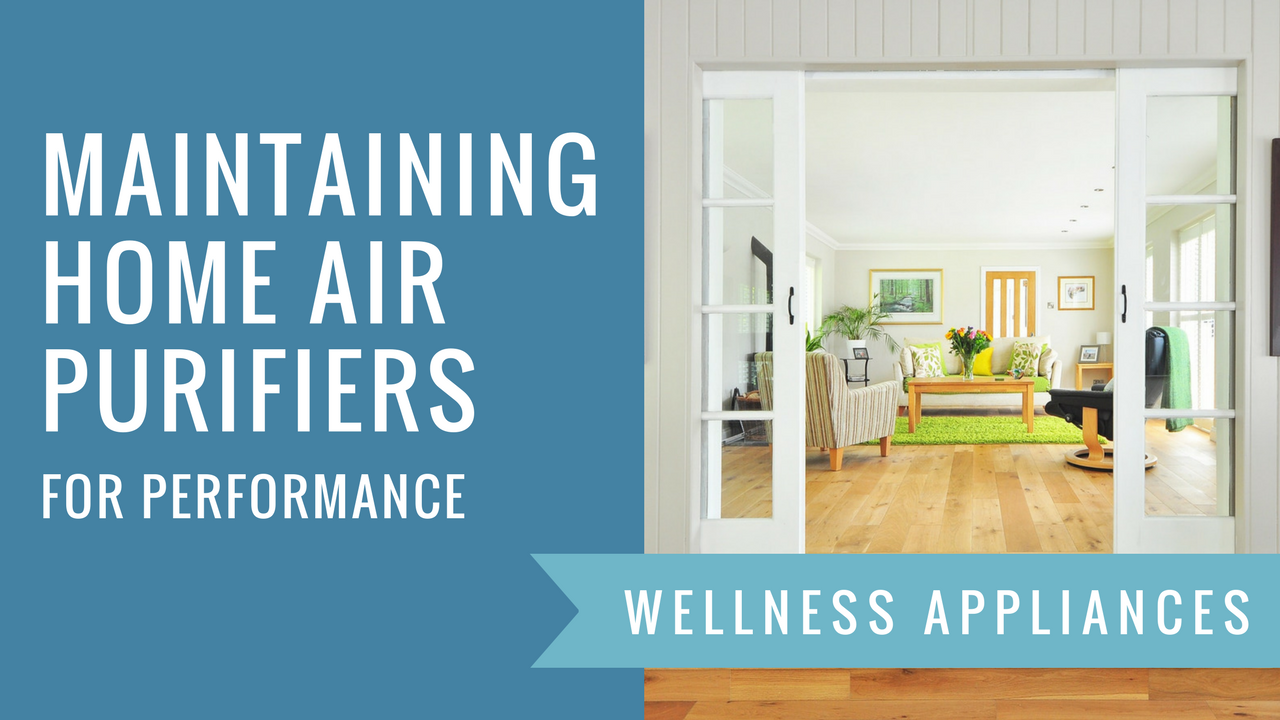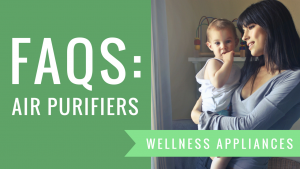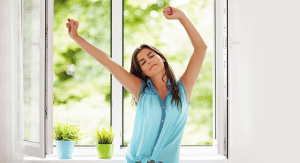Contents
- 1. Stress-free Maintenance Tips
- 2. Keep Purifier Area Clean
- 3. Room Size and Requirements
- 4. Airflow Direction
- 5. Consider the Noise Level
- 6. Service Indicator Light
- 7. Changing Filters
- 8. Disposable Filters Cannot Be Cleaned
- 9. Cleaning the Inside
- 10. Cleaning the Fan
- 11. Cleaning the Housing
- 12. Placement of Your Portable Air Purifier
- 13. Air Purifiers Do Not Use Essential Oils
![]() When you invest in an air purifier you are wanting a cleaner and healthier breathing environment for you and those you love. For best results for performance and long life of the unit, maintenance and filter changes must be done to keep your unit at top performance to additionally reduce electric energy charges when running the unit.
When you invest in an air purifier you are wanting a cleaner and healthier breathing environment for you and those you love. For best results for performance and long life of the unit, maintenance and filter changes must be done to keep your unit at top performance to additionally reduce electric energy charges when running the unit.
Air purifiers are hardworking devices to clean your home, office, garage, basement, or where you need it to be. You might be wondering, Where does the dust and pollutant particles go? Obviously, the contaminants go into the air filters. More will be discussed about the filters below that trap dust, dander, mold spores, odors, and are beneficial to those suffering from allergies and asthma whether in the summer, winter, and all year-round.
It’s important for you to understand how air purifiers are designed to remove pollutants from the air. The Coway will cover around 400-square feet of space and has exceptionally great filtering technology. The pre-filter is washable and the filters capture all volatile organic compounds (VOCs).

1. Stress-free Maintenance Tips
For the best smooth-running functional air purifier that you bought, first read the User’s Manual that comes with the unit. You will want to read the manufacturer’s instructions for cleaning, changing the filters, and how often to do maintenance items with instructions for doing so.
There are many types of air purifiers in the marketplace today with easy-to-do maintenance. Understand the features and specifications for the unit you are considering and read our reviews of the best home portable air purifiers.
It’s a good idea to put the schedule dates on your calendar to remind you of filter changes.
2. Keep Purifier Area Clean
Your air purifier will function much better when the area it sits in is clean being free of dust, pet hair piling up, and other debris. It will not need to work as hard and puts out clean purified air better. Dusting furniture and vacuuming floors will help its overall performance.

3. Room Size and Requirements
 When buying an air purifier, you will need to know your room size wherever you plan to use it. Check square-footage coverage the manufacturer indicates. You will want one that filters the air several times each hour and 2 to 8 air changes each hour is best.
When buying an air purifier, you will need to know your room size wherever you plan to use it. Check square-footage coverage the manufacturer indicates. You will want one that filters the air several times each hour and 2 to 8 air changes each hour is best.
The graphic shows a room 18 x 12 feet totals (18 x 12) = 316-square feet. Use this formula to calculate your square-feet area.
After you get your air purifier, remove the plastic wrapper from the filters or you could ruin the unit and void your Warranty. The first time you use the unit, the residual pollution in the room will be at its maximum. You want to clean the area by at least 80%. When you reach that level, the unit will not need to do as many air changes to keep the air clean and fresh.
4. Airflow Direction
 Be sure to put your air purifier in a place for good airflow. You don’t want the flow direction to be impeded by arches, half-walls, counter bars, columns, or large furniture. Without the air flowing freely, you will block the air and the unit will not function as you’d like it to.
Be sure to put your air purifier in a place for good airflow. You don’t want the flow direction to be impeded by arches, half-walls, counter bars, columns, or large furniture. Without the air flowing freely, you will block the air and the unit will not function as you’d like it to.
5. Consider the Noise Level
 For running the air purifier while you sleep you will want a quiet fan. Noise is measured in dB (decibels). A unit with 35dB is the sound of a human whisper, so it is very quiet. A larger unit, such as 600- to 800-foot coverage, will be quieter than a unit covering 200-square feet and it will do a better job as a whole. It will make less noise since the filters are bigger to absorb some of the sound, plus running on a lower speed saves on your electrical energy bill.
For running the air purifier while you sleep you will want a quiet fan. Noise is measured in dB (decibels). A unit with 35dB is the sound of a human whisper, so it is very quiet. A larger unit, such as 600- to 800-foot coverage, will be quieter than a unit covering 200-square feet and it will do a better job as a whole. It will make less noise since the filters are bigger to absorb some of the sound, plus running on a lower speed saves on your electrical energy bill.
6. Service Indicator Light
There is no actual service to be done for an air purifier. The only service for the unit is maintenance routinely. A long-life LED or LCD indicator light will illuminate when it is time to change the filters on most models. Some air purifier models will provide electronic readouts with built-in timers to indicate the length of time filters will last.
7. Changing Filters
Always have the unit turned off and unplugged before cleaning or changing the filters. Changing the filters is the most important thing you can do for a fully operational air purifier. The filters can be accessed easily being sure you check how it’s done in your instructions.
A few manufacturer’s sell air purifiers with washable filters such as this one here. The HEPA filter is not washable and must be replaced.
However, most of the air purifiers use HEPA (High Efficiency Particulate Air) and charcoal filters for capturing the pollutants in your air and are not washable.
To clean the unit without dropping all the dust inside your house take it outdoors or into the garage to clean.
After you have changed the filters and cleaned the air purifier, don’t forget to check your manufacturer’s User’s Manual for the filter reset button location and how to reset it.
8. Disposable Filters Cannot Be Cleaned
 There are no units in our reviews about “Disposable Air Filters” being used in any of the brands listed and reviewed. The brands shown use activated charcoal and HEPA filters that must be replaced. These can be vacuumed but not “cleaned.” To get a filter wet invites mold and bacteria. It’s best to not buy a disposable filter type air purifier.
There are no units in our reviews about “Disposable Air Filters” being used in any of the brands listed and reviewed. The brands shown use activated charcoal and HEPA filters that must be replaced. These can be vacuumed but not “cleaned.” To get a filter wet invites mold and bacteria. It’s best to not buy a disposable filter type air purifier.
9. Cleaning the Inside
 After removing the filters, some of the framework and parts can be vacuumed and washed with a damp cloth. The grill can be vacuumed or brushed clean with a soft small toothbrush and wiped down with a damp cloth. Paper towels are not recommended because they tear off into cracks and sharp places. You will see a lot of dust inside and might need a flashlight to see all the areas well.
After removing the filters, some of the framework and parts can be vacuumed and washed with a damp cloth. The grill can be vacuumed or brushed clean with a soft small toothbrush and wiped down with a damp cloth. Paper towels are not recommended because they tear off into cracks and sharp places. You will see a lot of dust inside and might need a flashlight to see all the areas well.
10. Cleaning the Fan
 Air purifier fans get just as dirty as a ceiling fan, car fans, and computer fans. They too need to be cleaned of dust and particles sticking to the edges and the blades themselves. You must have a clean fan for it to run sufficiently and smoothly to clean the air. Use a small vacuum and a damp wet cotton cloth to remove the dust and particles.
Air purifier fans get just as dirty as a ceiling fan, car fans, and computer fans. They too need to be cleaned of dust and particles sticking to the edges and the blades themselves. You must have a clean fan for it to run sufficiently and smoothly to clean the air. Use a small vacuum and a damp wet cotton cloth to remove the dust and particles.
11. Cleaning the Housing
 The housing is the box or frame that holds all the parts inside the unit. Clean the outside and inside as mentioned above not forgetting the ventilation grille, ports, or holes of any dust blockage. Like a laptop, the small slot for air intake must be cleaned for the fan to function properly for air output or it will burn out from heat overload. You will find pet hair, dust, and other small particles to remove on all parts.
The housing is the box or frame that holds all the parts inside the unit. Clean the outside and inside as mentioned above not forgetting the ventilation grille, ports, or holes of any dust blockage. Like a laptop, the small slot for air intake must be cleaned for the fan to function properly for air output or it will burn out from heat overload. You will find pet hair, dust, and other small particles to remove on all parts.
12. Placement of Your Portable Air Purifier
 Whole-house air purifiers are attached to your furnace; therefore, the unit cannot be moved or put somewhere else. Most whole-house units have built-in electrostatic filters that never need to be changed; the filter is a part of the furnace specially configured by an HVAC contractor. This system is costlier with the air coming out of your floor registers.
Whole-house air purifiers are attached to your furnace; therefore, the unit cannot be moved or put somewhere else. Most whole-house units have built-in electrostatic filters that never need to be changed; the filter is a part of the furnace specially configured by an HVAC contractor. This system is costlier with the air coming out of your floor registers.
 Portable units can be moved from room-to-room. Some are lightweight with carrying handles, some have wheels known as casters, and some simply sit on 4 feet. They must be placed in an open area, not against walls or doors, under a table, under shelves, in a corner, behind the sofa or recliner for the clean air to circulate out of the unit. It must have space around it on all four sides and the top. Choose a location where the top is free, and always keep it a few feet away from objects for optimal efficiency. Some air intakes are near the top, in the front, or on the sides. You don’t want the output air blowing on the underside of a table or the back of your sofa.
Portable units can be moved from room-to-room. Some are lightweight with carrying handles, some have wheels known as casters, and some simply sit on 4 feet. They must be placed in an open area, not against walls or doors, under a table, under shelves, in a corner, behind the sofa or recliner for the clean air to circulate out of the unit. It must have space around it on all four sides and the top. Choose a location where the top is free, and always keep it a few feet away from objects for optimal efficiency. Some air intakes are near the top, in the front, or on the sides. You don’t want the output air blowing on the underside of a table or the back of your sofa.
You choose where you want it to be: at the side of your sofa, on a table top, near a doorway, in the kitchen, bathroom, basement, garage, or the office.

13. Air Purifiers Do Not Use Essential Oils
 Air purifiers take air in and send clean air out. They hold no water! Therefore, they do not function as a humidifier or essential oil diffuser. If you want a small humidifier, try using a diffuser with essential oils or without oils to be a small humidifier with only water added. It will cover a small local area and provide benefits with aromatherapy when using 100% pure essential oils. You can run an air purifier, humidifier, and essential oil diffuser at the same time.
Air purifiers take air in and send clean air out. They hold no water! Therefore, they do not function as a humidifier or essential oil diffuser. If you want a small humidifier, try using a diffuser with essential oils or without oils to be a small humidifier with only water added. It will cover a small local area and provide benefits with aromatherapy when using 100% pure essential oils. You can run an air purifier, humidifier, and essential oil diffuser at the same time.
Final Thoughts
At the end of the day, always go for a larger portable air purifier. They will handle the pollutants effectively making less noise doing so. When this won’t work for your purpose, you might want to use several smaller units as an alternative.
We hope the information here has been helpful and we welcome your comments below. Breathe fresh air for life!




